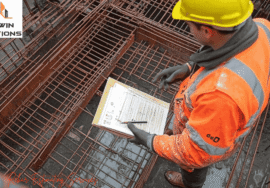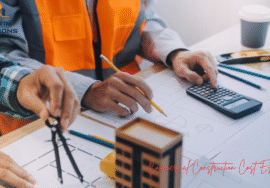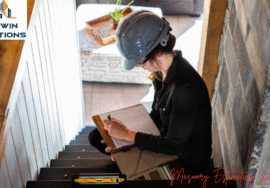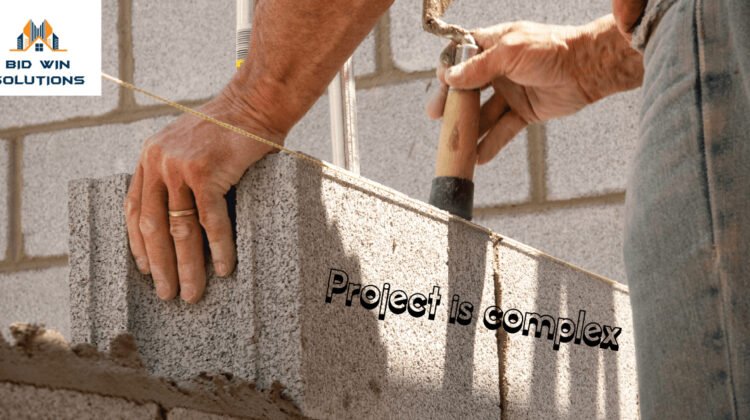
How to Build a Concrete Masonry Unit Wall
Building a concrete masonry unit wall is an activity that calls for great planning and proper execution. The project is complex and challenging but has impressive rewards, majorly structural integrity and aesthetic appeal. Success depends on an understanding of the fine points in the process.
Understanding Concrete Masonry Unit Wall
These are the big units made of concrete. These units are available in various sizes and shapes. The standard sizes are 400mm x 200mm x 200mm. The units are manufactured to be multi-functional. They are used as load-bearing and also for non-load-bearing purposes. They are unbeatable in strength also. They are very good insulators, too.
Materials and Tools Needed
There is a need to gather all the different tools and materials you are going to need before the start for everything to go smoothly and in order. The basic tools that you will be working with include:
- Trowel
- Level
- Tape measure
- Masonry saw
- Mortar mixer
- Safety goggles
- Gloves

Have these items on hand before you begin your project.
Planning the Wall Design
Planning is essential. Determine what function the wall is to serve. Can it be a supporting wall, or is it just a partition? This would determine what design is to be adopted, the thickness, and height of the wall.
Draw to scale, a scheme accurately. Mark the dimensions and the number of blocks that will be needed to construct. This whole process is helpful in estimating with accuracy the materials to be used. Check if there are any local building regulations. A requirement is normally made to follow these regulations. If you want you can consult an expert for this purpose.
Preparation of the Foundation
A good foundation should be laid. The footing should bear the weight of the concrete masonry wall. Lay a trench for the concrete footing, it should generally be 300mm wide and 150mm deep though its dimension may change based on the type of the soil and wall height.
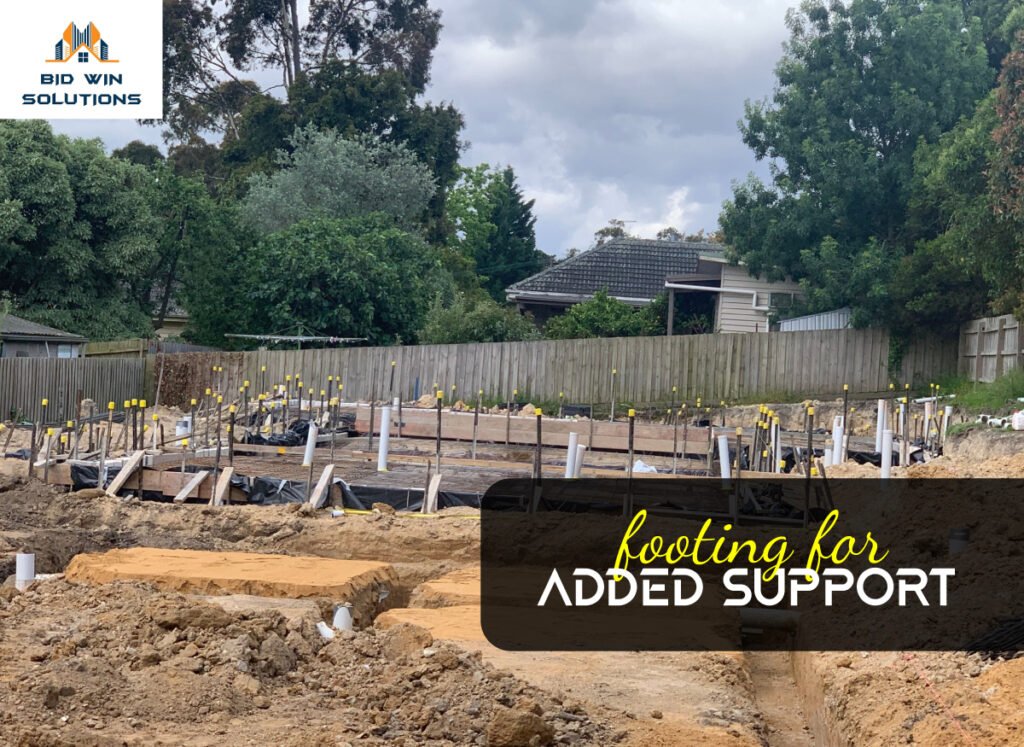
Fill the trench with concrete, topping it off even. One may want to add some rebar to the footing for added support. Extra support provides added durability and strength to the footing. Allow the concrete to set up a minimum of at least 48 hours before continuing.
Laying the First Course of Blocks
Indeed, before beginning, the footing must be cleaned and free of debris. A 10mm thick bed of mortar is troweled across the width of the footing in a corner of the wall. This gives a level bed to support the first course of blocks.
Set the first concrete masonry unit to the mortar bed. Check the plumb using level. This first block becomes the standard setter for the whole wall construction. If this block is set askew, then it may badly affect the structure of the wall.
Therefore, continue setting the other blocks the same, allowing the joints to be offset, adding strength to the wall. Let the block touch its neighbor block. Take extra mortar and smear it in the vertical joints for good bond.
Making Sure Alignment and Level Are Right
Once the construction process starts, the next thing is checking the alignment. A level will help in ensuring that each block is perfectly aligned. A misaligned wall could be unsightly and could also lead to some structural complication that might arise.
Standardize the thickness of each and every mortar joint, about 10mm. This standardization will facilitate a nicer finish. Tap blocks into place if necessary, using a rubber mallet. This little gentle encouragement will enable realignment of the blocks in case there was a minor misalignment.
Wall Reinforcing
In order to provide added stability in walls but especially in load bearing walls, the concrete masonry unit wall has to be reinforced. Simply embed rebar vertically in the cores of the blocks. Typically, vertical rebar occurs every 800mm. Horizontal rebar should also be placed in every third course of blocks.
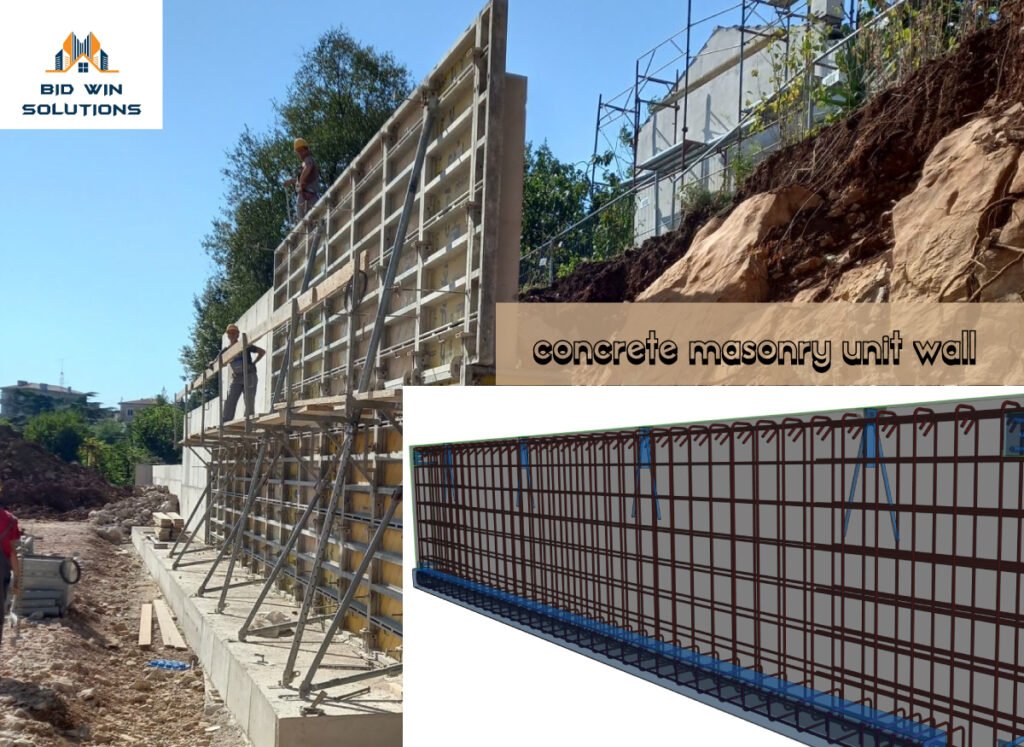
Fill cores of blocks with grouted mortar. The grouting will give a continuous solid bond and will add much strength to the wall. Concrete to be used for grouting should be of the same mix as that used for the footing.
Laying the Damp Proof Course
DPC – Provide a Damp Proof Course to prevent moisture ingress. This shall be provided at the base of the wall immediately above the first block course. The material DPC should project at least 150mm past the face of the wall outside.
This will be important for turning water away from the wall. Notably, the DPC should be unbroken. The laying of joints over one another weakens the moisture protection.
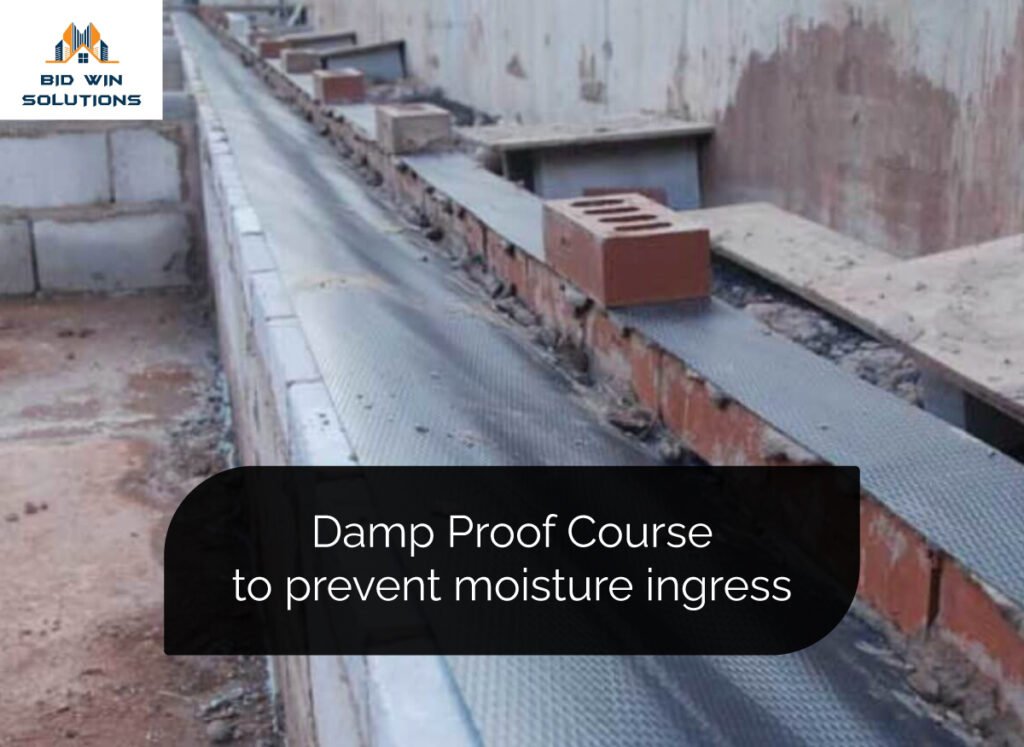
Laying Additional Courses
Continue laying courses of concrete masonry units, in the proper patterns. Each course must be level and aligned with the course below. Courses must be periodically checked with the level tool.
If the wall is more than a few courses high the top edges of the blocks can be tapered to promote water runoff and prevent pools of water on the wall surface.
Capping the Wall
Capping of the wall at desired height is performed. The top of the wall is finished by using capping stones or blocks. These caps will cover the edges of the masonry that are exposed. They ensure an appealing finish, too.
Secure the cap behind the mortar. Ensure proper alignment to the courses underneath. This last step avoids water entry and makes the wall stronger overall.
Final Inspection and Cleaning
A final overall inspection of the concrete masonry unit wall for alignment, level and general quality of workmanship shall be made after the completion. Any defects noted shall be corrected at once.
This excess mortar on the block faces can be cleaned off the wall. If there is mortar allowed to stay on the block face, discoloration may arise that could affect appearance. The wall can have minor blemishes like dirt and mortar splashes removed with a stiff brush.

Final Verdict
A concrete masonry unit wall is best built with great detail. It takes time and requires quite a lot of patience, precision, and thorough understanding of how things must be done. Everything, starting from planning to laying the foundation and on to the final capping, is important.
When one is constructing a sound and attractive concrete masonry unit wall, one should use set guidelines, budget estimates and appropriate techniques for the same. It will see many seasons and serve to its fullest capacity, adding value to your property. Let safety remain your priority, and always consult experts where you are not sure of something during your construction processes.


